22 Surprising Facts About Vietnam
Many still see Vietnam as a war-upset, poor, and unsafe country, but In-fact, that’s far from the truth. Vietnam offers stunning scenery, friendly locals, and delicious coffee. As more travelers discover its beauty and history, it has become an increasingly popular tourist destination. However, many still don’t know the fascinating facts about Vietnam.
Discover surprising facts about Vietnam with friendly locals, and rich Asian culture. Here are 22 interesting facts about Vietnam that’ll help you plan your must do’s and tell you more about the land of the ascending dragon;
22 Interesting Facts About Vietnam You Need to Know About
Vietnam attracts more visitors each year with its stunning coastline, rich culture, and famous cuisine. But beyond these famous attractions, the country offers many unique and surprising facts that make it even more fascinating. Whether you’re planning a trip or just curious to know about once-in-a-torn-war Vietnam, there’s much to admire. My name is Hamid and based on decades of living in Vietnam, i’m now happy to share my 22+interesting Vietnam facts, thats sure to amaze you!
1. "Vietnam" the Nguyen land
The first interesting facts is about the name of the country, Vietnam, to which, originates from two words: Viet and Nam. Old historic tales suggest that the land began from the union of an immortal Chinese princess and the Dragon Lord of the Seas.
Additionally, the widespread use of the name Nguyen in Vietnam stems from the tradition of showing loyalty to a leader by adopting their family name. With reference to the last ruling dynasty in Vietnam, the Nguyen family, who governed from 1802 to 1945. Since then, the Nguyen surname became increasingly popular across the country.

2. Home to Longest & Largest Cave in the World
Son Doong Cave, located in Phong Nha-Kẻ Bàng National Park, is the world’s largest cave. It stands 200 meters high, 150 meters wide, and stretches 9 kilometers long, big enough to fit a 40-story skyscraper inside. The cave features an underground jungle, river, and unique ecosystem. It also holds massive stalactites over 80 meters tall. Discovered in 1991 and surveyed in 2009, parts of the cave remain unexplored, making it one of Vietnam’s most fascinating natural wonders.
Another interesting facts about Vietnam is the Paradise Cave, is the longest cave in Vietnam at 31 kilometers. Known for its towering stalactites and stalagmites that resemble mythical creatures, the cave is a breathtaking natural art gallery. Discovered in 2005, it also home to a rare ecosystem, with unique species thriving in its dark, humid environment, making it a true wonder of Vietnam’s natural heritage. Check out caves in Vietnam
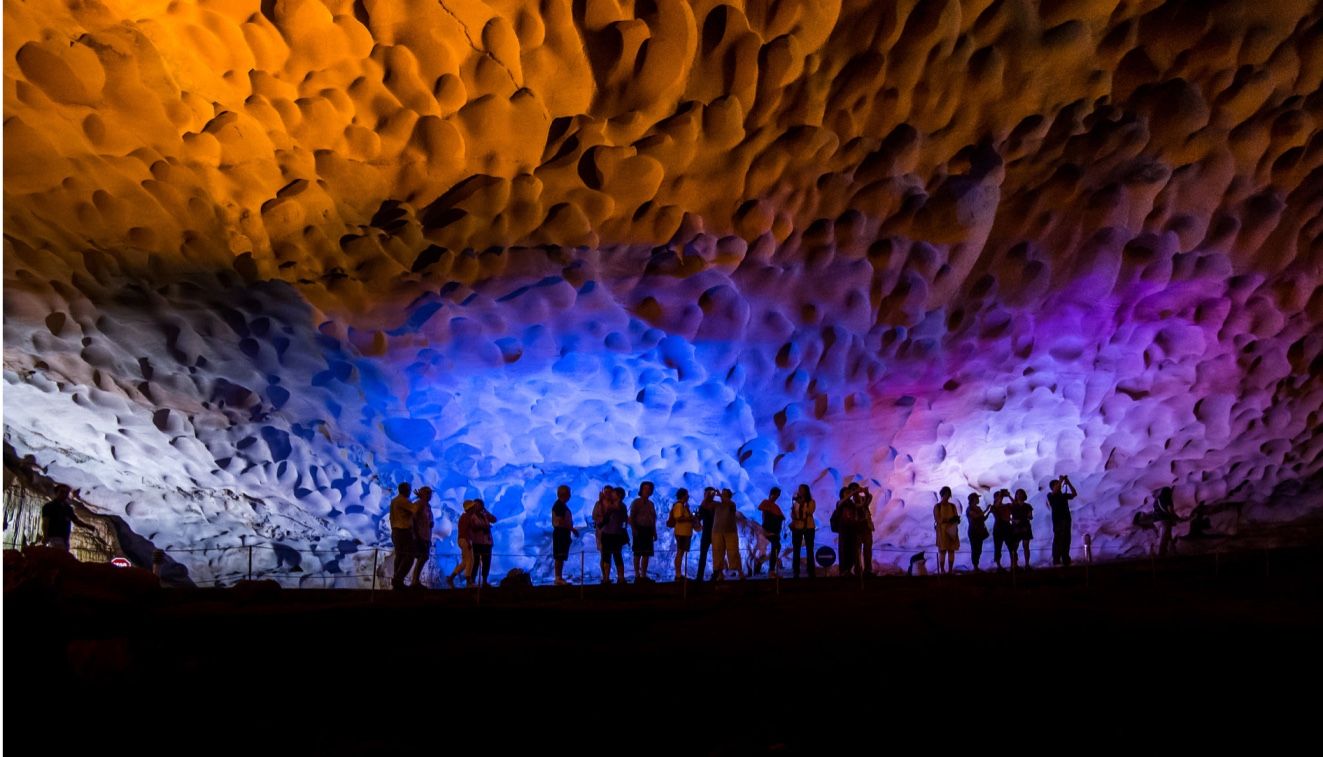
3. Halong Bay: the descending dragon
Every tourist’s heard about it, but probably didn’t know these facts about Vietnam’s top attraction. Ha Long Bay, located 165 km southeast of Hanoi, is a UNESCO World Heritage site and one of the new 7 Natural Wonders of the World. It features over 1,969 islands, along with stunning caves such as Pelican Cave, Heavenly Palace Cave, Three Palaces Cave, and Maze Cave.
Ha Long Bay boasts a rich ecosystem, including over 500 species of plants and 1,900 animal species. Around 300 coastal residents live in homes built from bamboo rafts and boats, relying on fishing and tourism for living. Relax and enjoy the breathtaking sunset while cruising through one of the world’s most beautiful destinations.
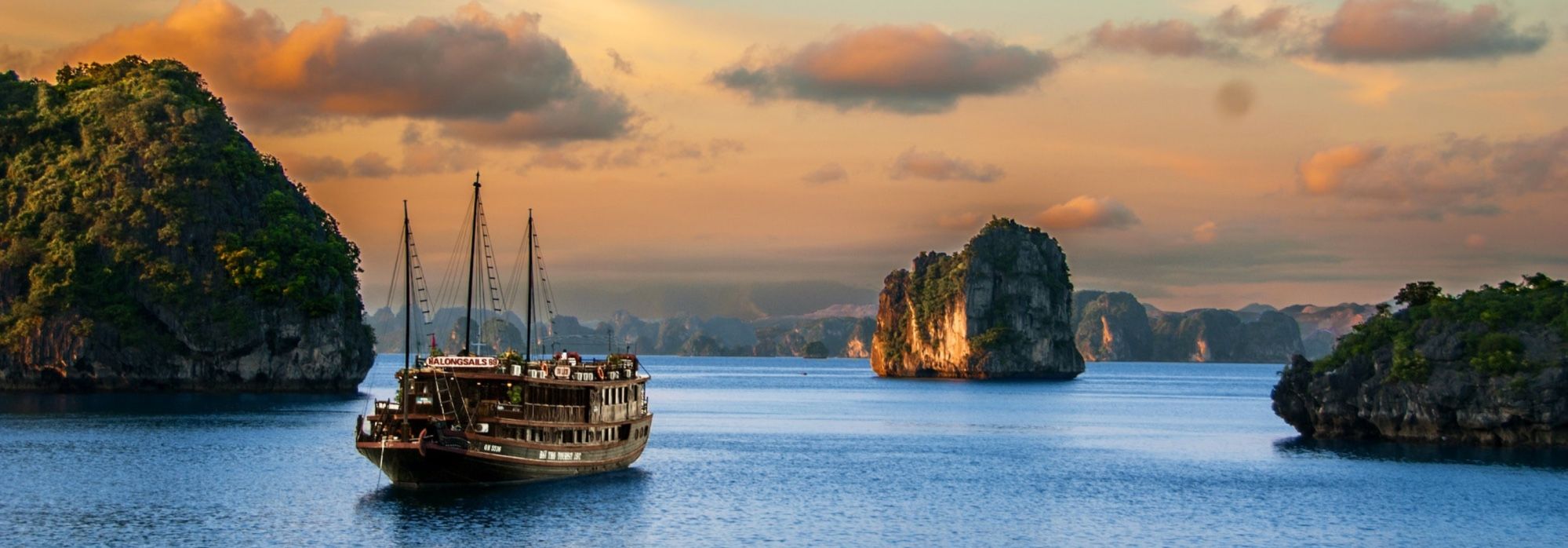
4. Vietnam's in world's top 16 with richest biodiversity
Vietnam ranks 16th globally for its exceptional biodiversity and that’s alone a surprising facts about Vietnam for its exceptional biodiversity. The country is home to around 16,000 flora and fauna and over 10,000 animal species, including rare and endangered animals like the Sao La and Ha Tinh Langur. While 10% of wildlife faces threats, Vietnam actively protects many endangered species in natural reserves, demonstrating its strong commitment to conservation.
These protected areas not only preserve wildlife but also attract researchers and nature enthusiasts worldwide, highlighting Vietnam’s rich ecosystem. A key success is the conservation of the Red-shanked Douc, a vibrant primate found only in Vietnam, whose population has been increasing thanks to dedicated protection efforts.
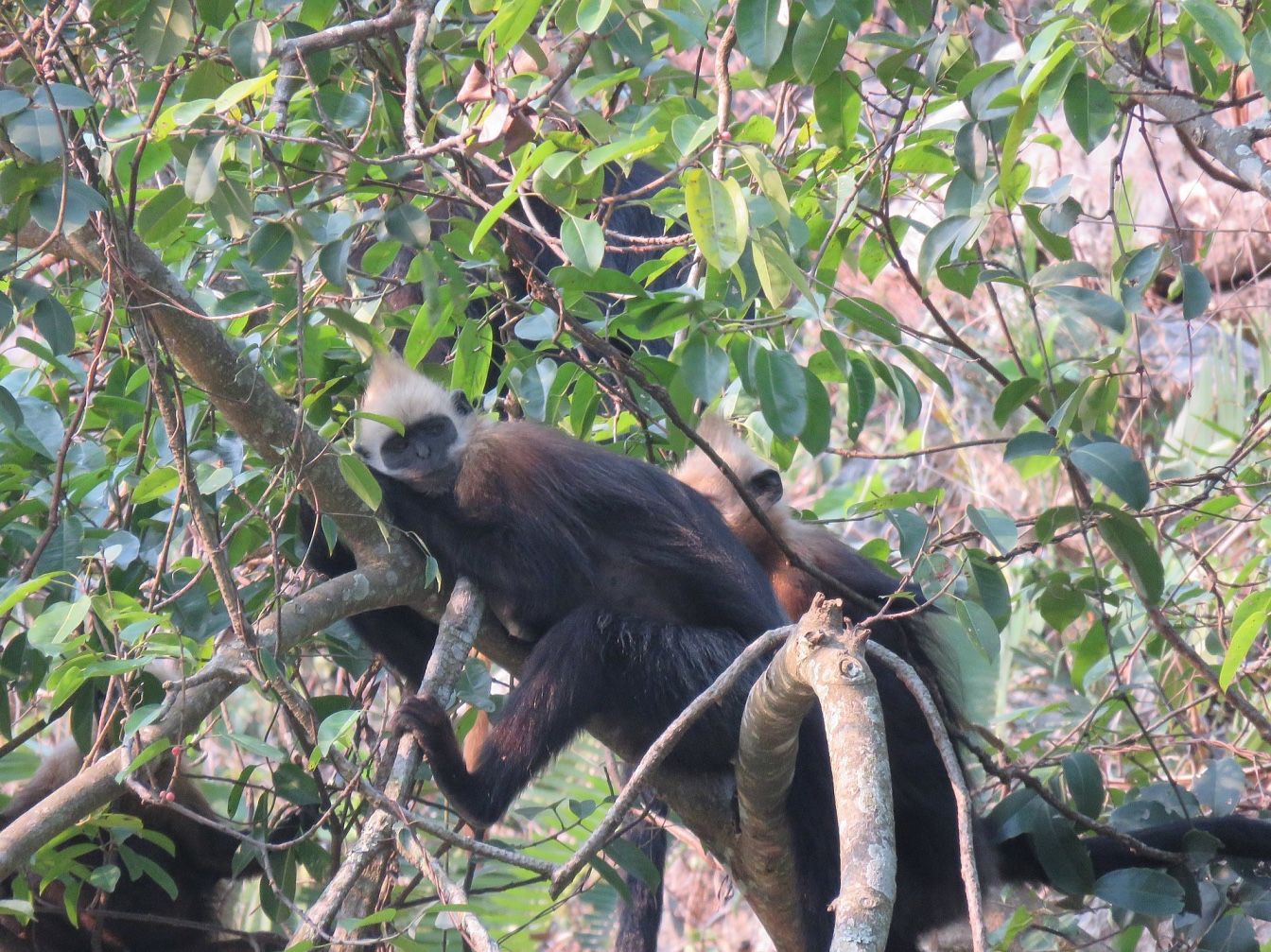
5. 200km long underground war sites
The Cu Chi Tunnels in Vietnam are an impressive historical site. Stretching 200 kilometers, these tunnels served as a vital network for the Viet Cong during the Vietnam War. They included clinics, kitchens, meeting halls, and a weapons vault, showcasing the builders’ ingenuity and resilience.
Located 70 kilometers from Ho Chi Minh City, the tunnels allowed the Viet Cong to hide from aerial attacks and move undetected. Today, 120 kilometers of these tunnels remain preserved as a war memorial site, offering visitors a fascinating look into Vietnam War facts and the country’s wartime history.
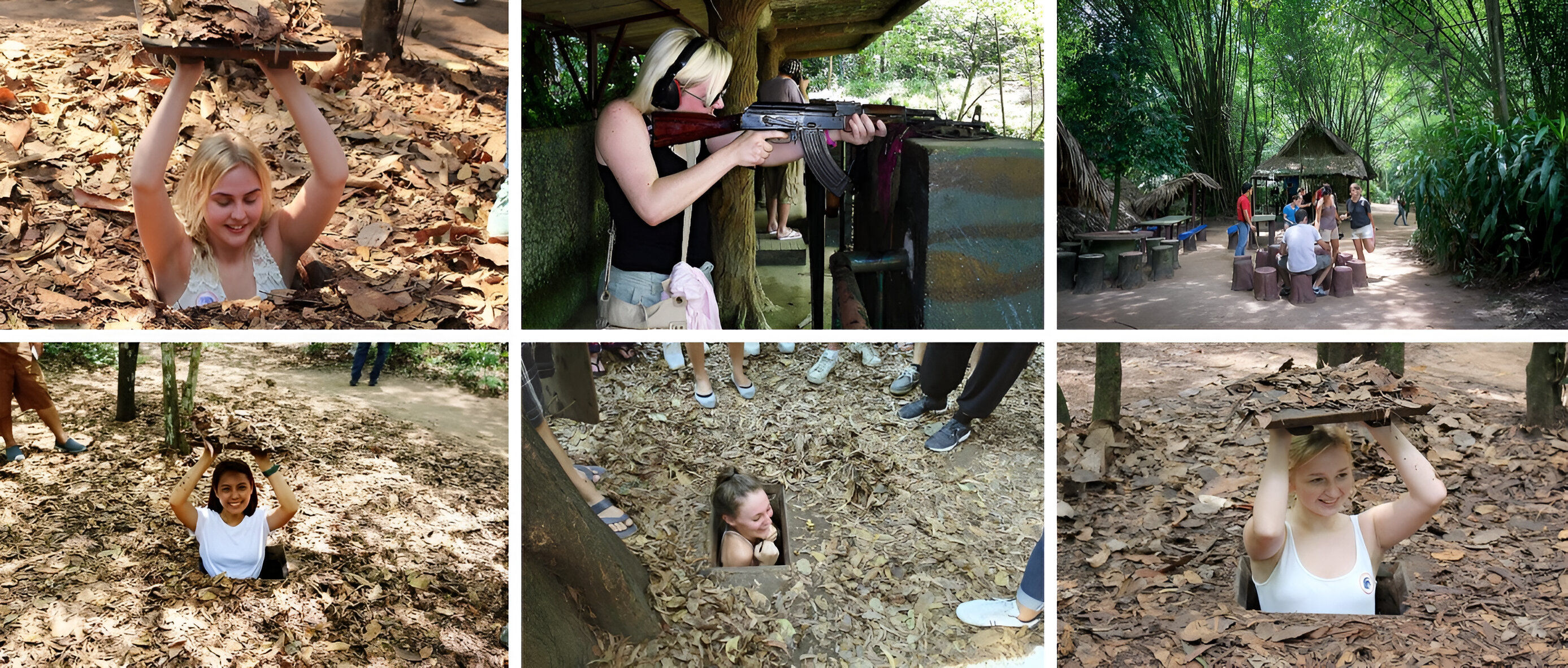
6.Tall and very slim houses
Another fact is, why are so many houses in Vietnam’s bi cities are so tall and slim? It called “nhà ống” (pipe-houses), an iconic feature of Vietnam’s urban design. These uniquely narrow structures, often just a few meters wide and typically five stories tall, create a striking visual impact across the city’s skyline. You often see them in larger cities such as Hanoi, Ho Chi Minh City and Danang.
Thin houses have become a signature part of Hanoi’s identity, but concerns about their safety during earthquakes led the government to ban new constructions under three meters in width in 2005. The tall and slim houses is because the land prices are high and they are more valuable specially if the building is facing the main street.
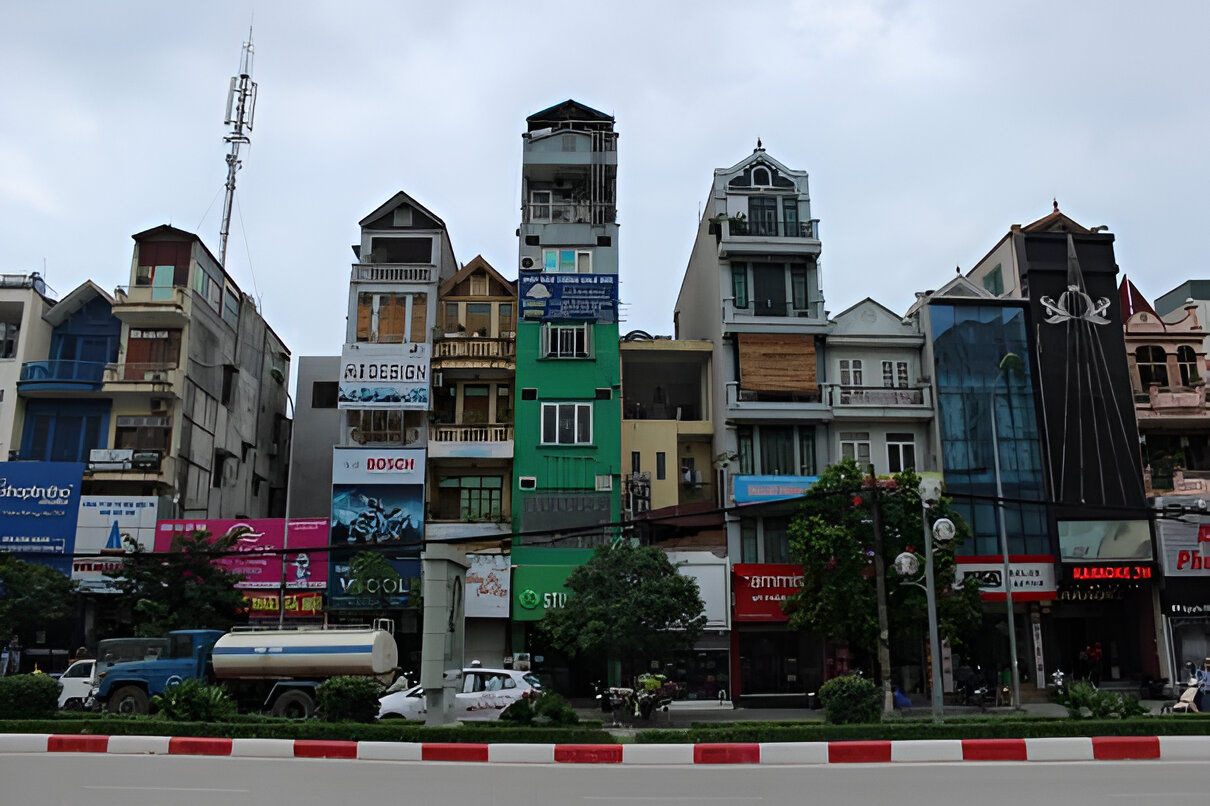
7. Coffee in Vietnam
Strong and flavorful coffee you drink in Vietnam was first brought by French colonists but locals quickly embraced and ranked 2nd coffee exporter in the world. A fascinating Vietnam fact is how coffee evolved, blending traditional brewing with creative twists. Unique variations like egg coffee, yogurt coffee, and fruity blends showcase Vietnam’s ingenuity and flair for flavor. Learn more about Vietnamese Coffee

8. Áo Dài : Vietnam's national dress
Vietnam’s national dress, the áo dài, stands out as a striking symbol of the country’s beauty and heritage. An interesting fact about Vietnam is how this iconic dress has evolved over centuries, transitioning from regal attire to practical wear, and later becoming a symbol of high fashion.
The áo dài’s elegant design appeals to people of all ages, with its graceful lines wear by both men and women. This timeless garment reflects Vietnam’s cultural pride and adaptability, making it a must-see for anyone exploring the nation’s rich traditions. Curious about its history or creating your own? Discover more fascinating details.

9. Bia Hoi: Vietnam's Most Popular Draft Beer
What is Bia Hoi?A fresh, draft beer ranks as a favorite and most popular beer in Vietnam. Vendors typically serve it in recycled glasses, and you’ll find it widely available on streets across the country, especially in Hanoi. Delivered daily in steel kegs via motorbike, this beer is a staple of Vietnamese street culture.
With an alcohol content of just 3%, Bia Hoi is incredibly affordable—a glass costs less than 50 US cents (10,000 VND), with some vendors pricing it as low as 20 cents (5,000 VND). Known as the cheapest beer in the world, Bia Hoi offers a refreshing taste of Vietnam.
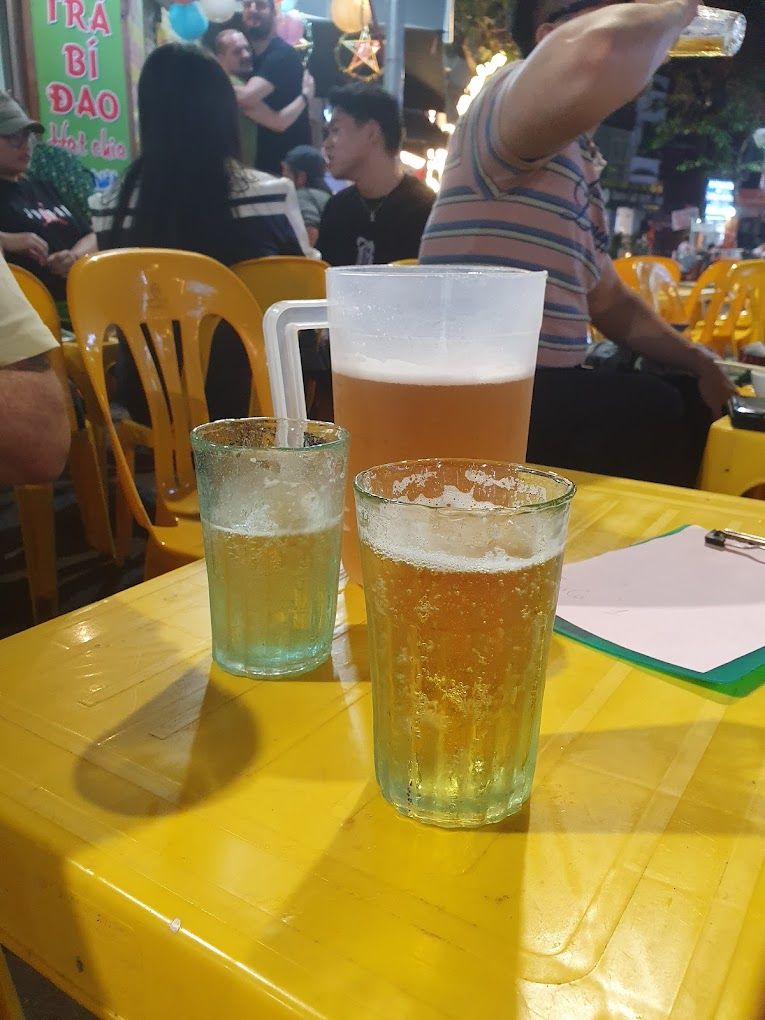
10. World's largest exporter of cashew nut
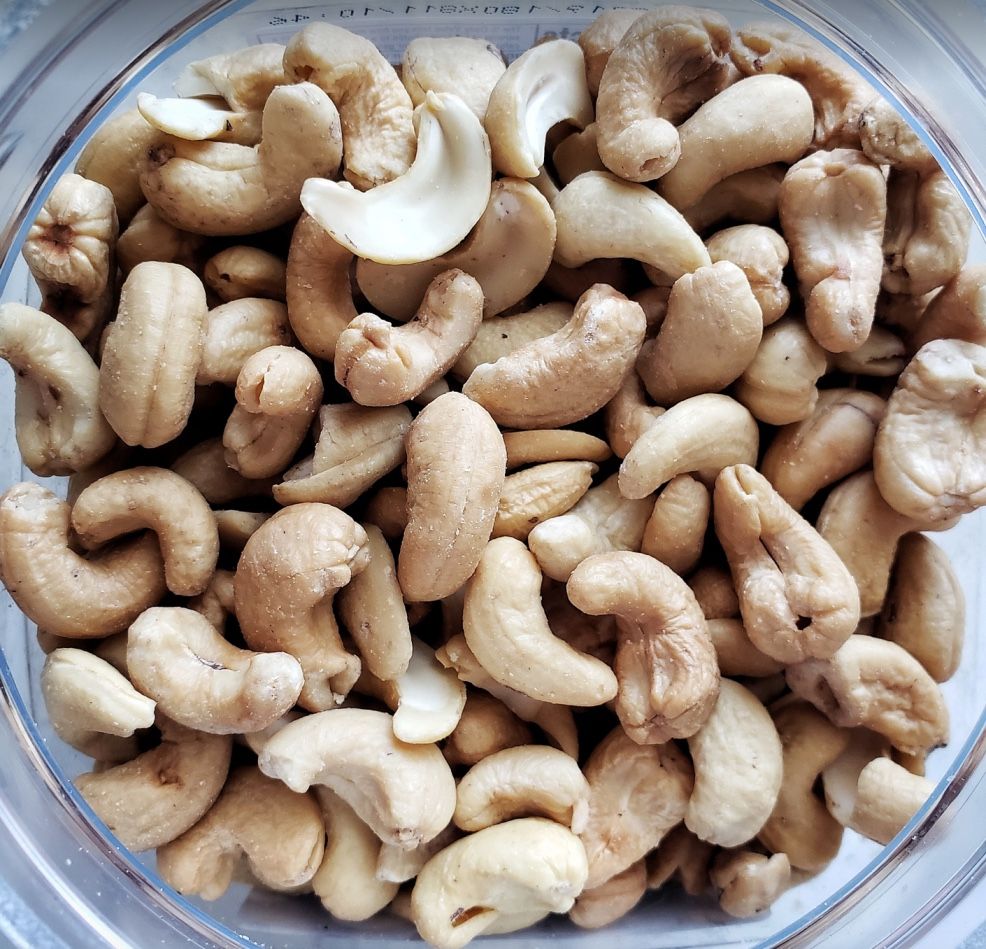
11. Buddhist temples in Vietnam
Vietnam is home to around 17,000 temples, each showcasing unique style. The Cao Dai Temple in Tay Ninh, located 100 kilometers from Saigon, dazzles visitors with its pink interior and dragon-adorned columns. This impressive site invites free entry and welcomes visitors to join its vibrant services.
In Hanoi, the Temple of Literature, built in 1070, ranks as the largest and most stunning among the city’s 180 temples. The Cao Dai Temple blends multiple religions into one harmonious design, while the Temple of Literature symbolizes Vietnam’s deep commitment to education and Confucian values.
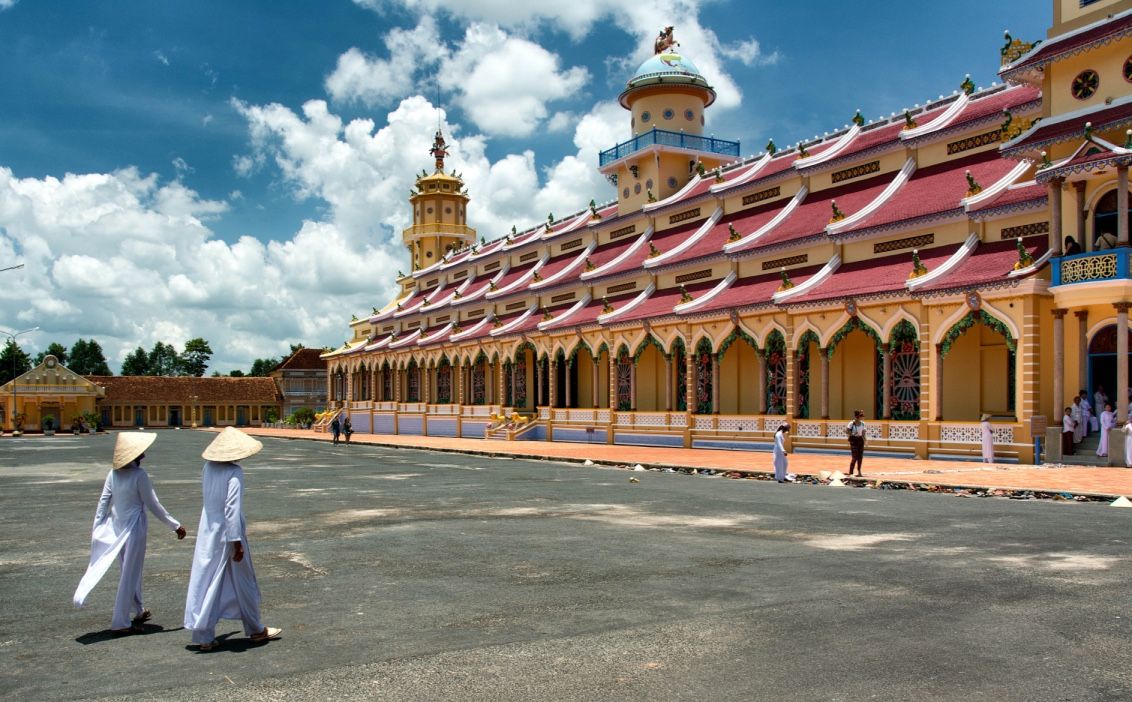
12. The Non La - Vietnamese Conical Hat
The “Nón Lá,” a traditional Vietnamese conical hat, stands as an elegant symbol of Vietnam. This versatile hat serves multiple purposes. It shields wearers from the sun, as protecting the skin is highly valued in Vietnamese culture. It also provides cover from rain and doubles as a basket or bag for carrying food or fruits. The Nón Lá maintains a unisex design, making it equally suitable for both men and women.
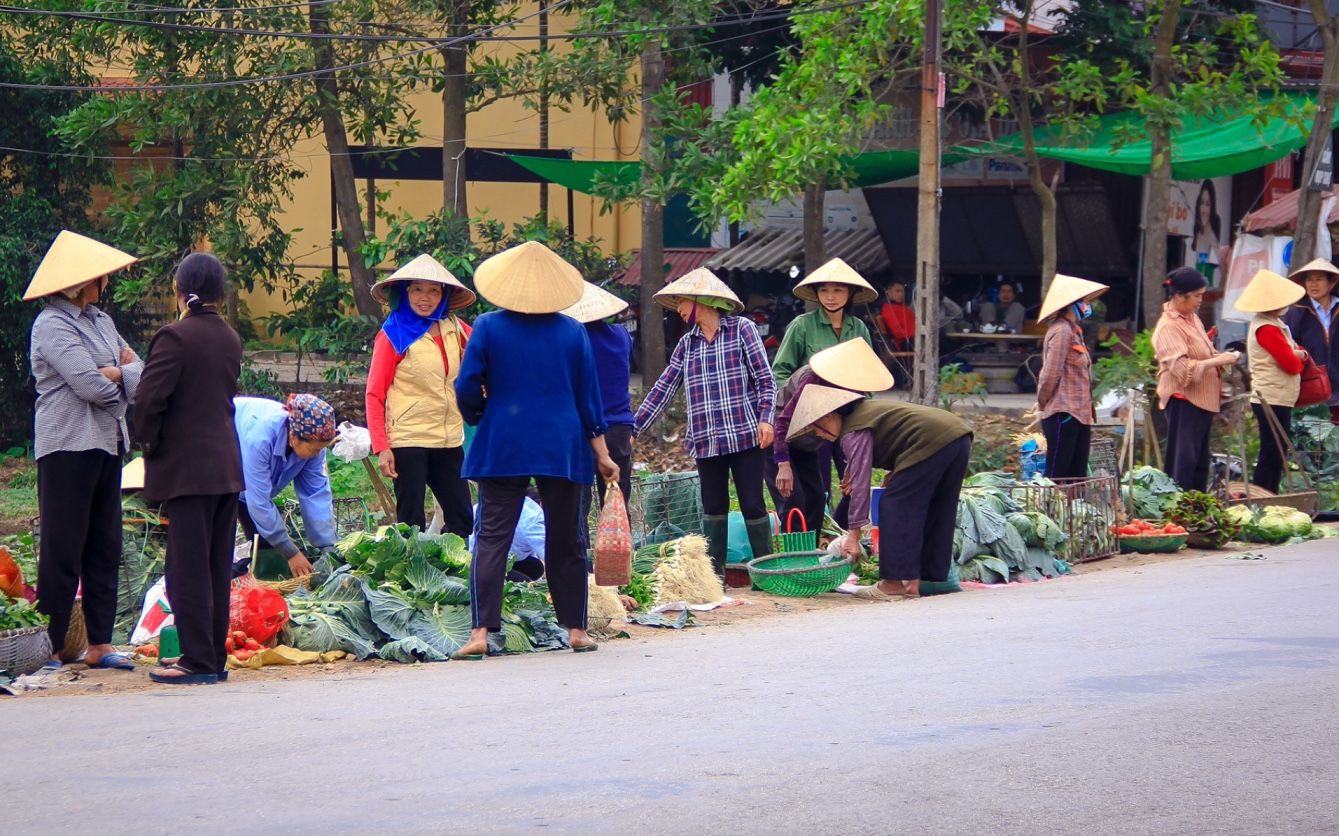
13. Snake Wine
Snake wine, a truly unique and somewhat popular in Vietnam. To make it, locals place a snake or scorpion in a bottle and add rice wine over it, allowing the flavors to blend. Many believe the drink possesses medicinal benefits, boosting vitality and body stamina. Found in markets, this bold drink serves as a conversation starter and an adventurous addition to your travel experience.
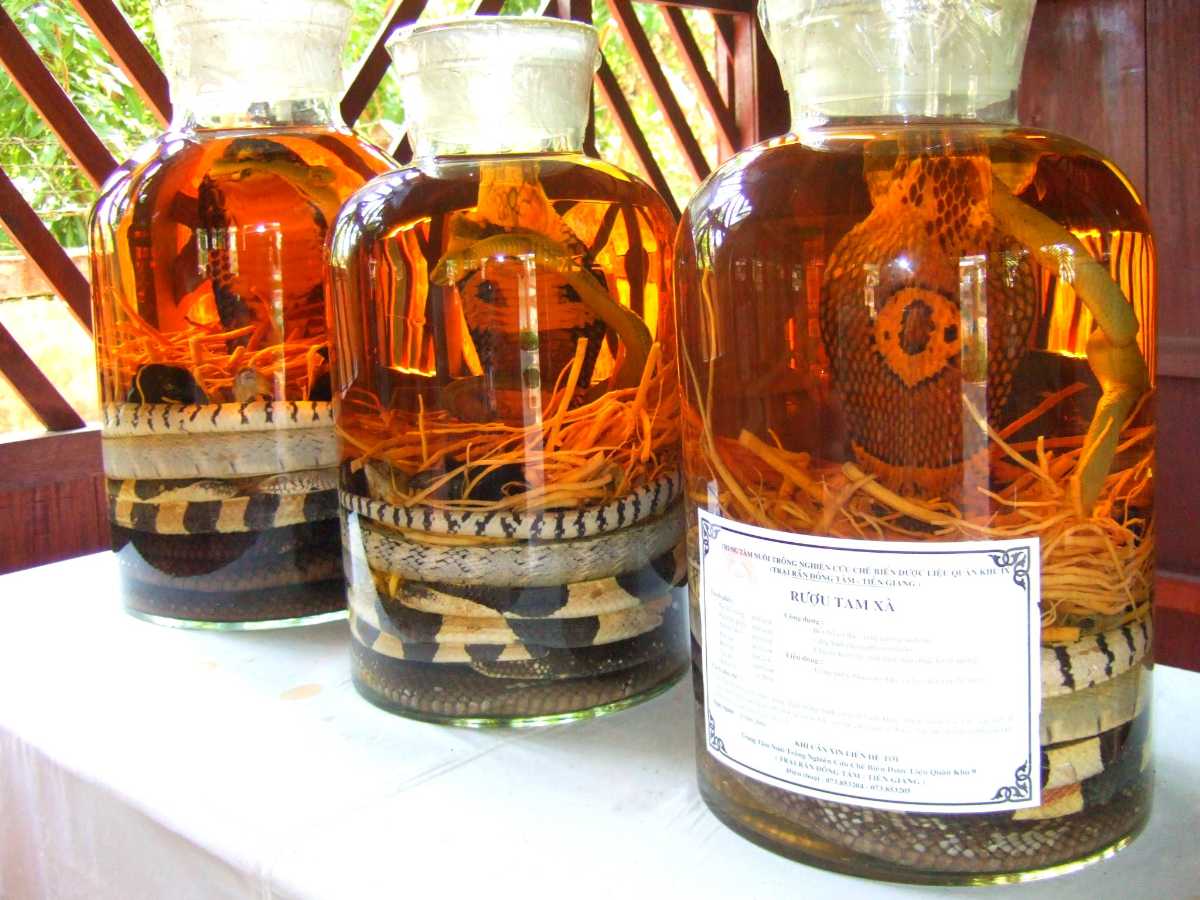
14. Tropical fruits
Vietnam stands out for its rich and diverse fruits, a unique taste to its fertile soil and favorable climate. These ideal conditions produce an array of exotic and flavorful tropical fruits, making the country a paradise for fruit lovers.
Vietnam’s lush landscapes and abundant harvests solidify its reputation as a haven for tropic fruits. Check out Vietnamese Fruits With Pictures

15. Vietnam is home to amazing rivers
Vietnam is home to a vast network of over 2,360 rivers that flow through its stunning landscapes, highlighting fascinating facts about Vietnam’s natural beauty. The Mekong River in the south and the Red River in the north stand out as the most iconic waterways. These rivers nurture fertile deltas that serve as vital lifelines for the nation.
The Mekong Delta and Red River Delta play critical roles in agriculture, producing a significant portion of Vietnam’s crops. These rivers support local communities, provide essential resources, and reflect the deep cultural connection between Vietnamese people and their waterways. They represent both the nation’s natural abundance and its enduring traditions.
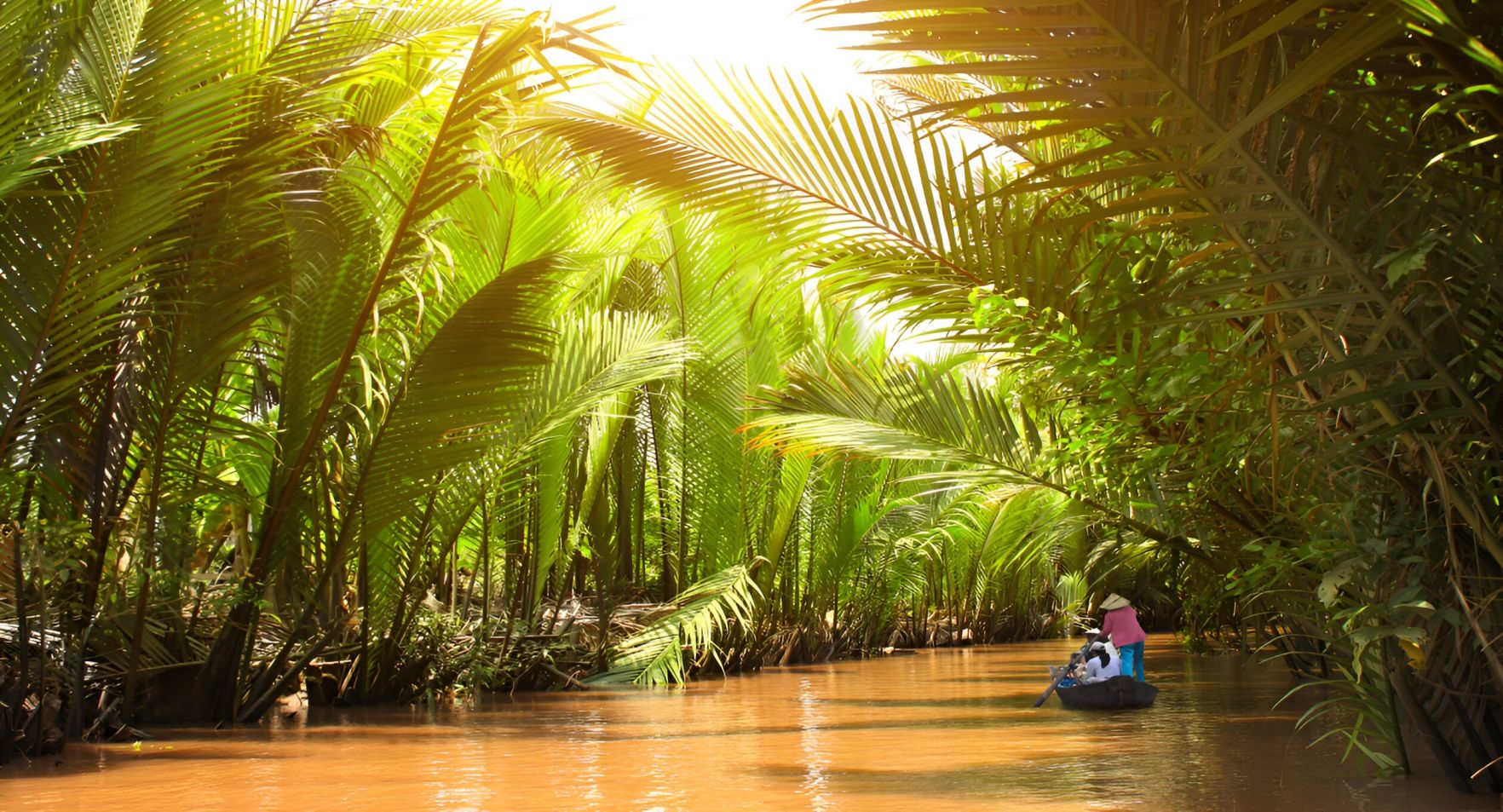
16. Motorbike: Vietnam's main mode of transport
Probably the fun facts about Vietnam is the different modes of transportation and motorbikes dominate the bustling streets, serving as the quintessential mode of transport across the country. Millions of motorbikes weave through cities and rural areas, creating lively and sometimes chaotic traffic scenes.

17. Fansipan: The highest mountain peak in Vietnam
Quick facts about Vietnam wouldn’t be complete without mentioning Fansipan Mountain. Rising to 3,147.3 meters above sea level, Fansipan claims the title of Vietnam’s tallest peak. Known as the “Roof of Indochina,” this majestic summit attracts adventurers and nature lovers eager to tackle its challenging trails. Explore this majestic peak along with best things to do in Sapa, Vietnam
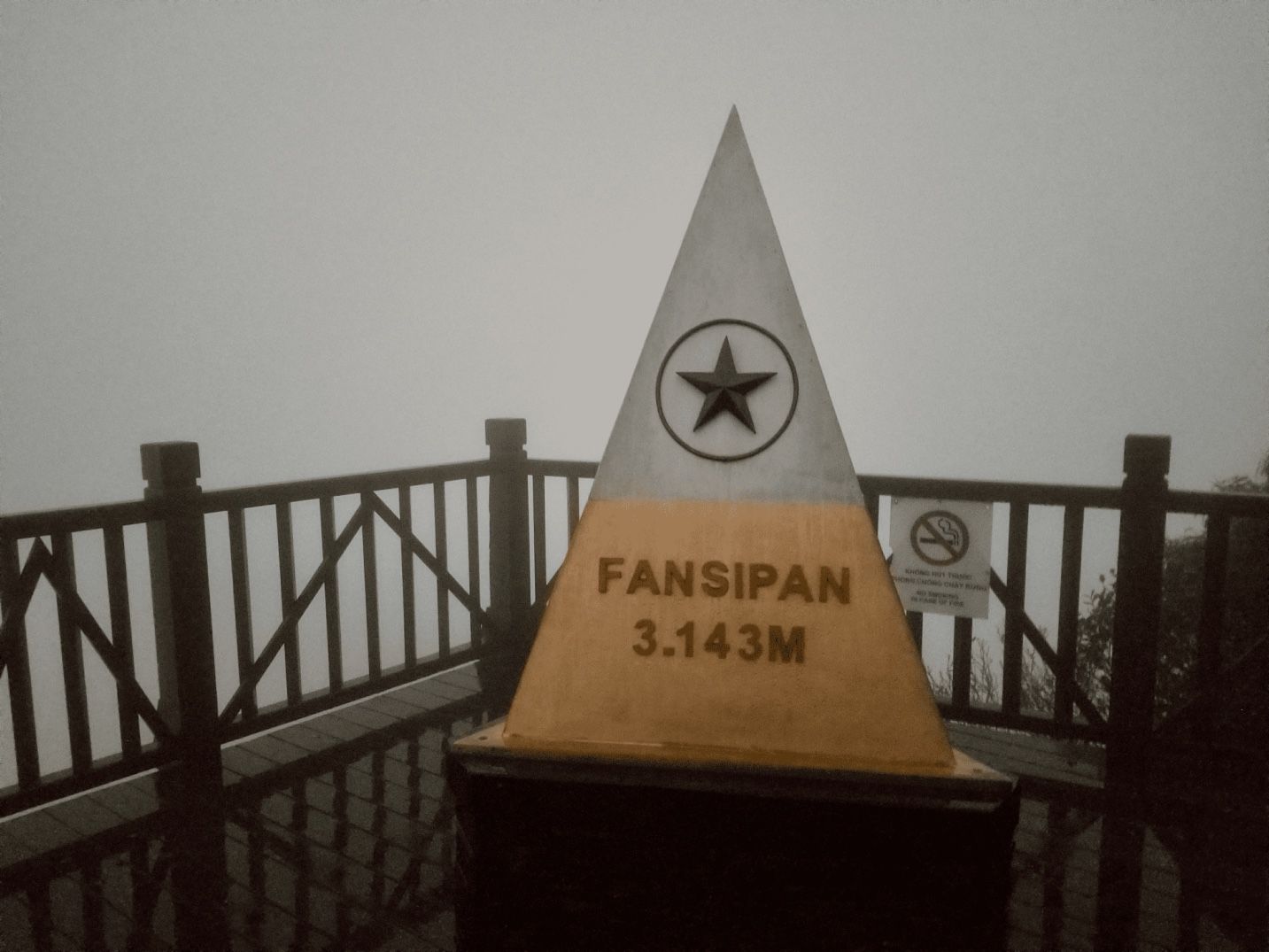
18. The Lotus: Vietnam's National Flower
Lotus is a unique yet a very important flower as it is Vietnam’s national flower. It is known as the flower of the dawn and is the symbol of purity, commitment and optimism for the life of people. Lotus, the national flower of Vietnam been selected as a logo, by Vietnam airline, the national career of country as a symbol of commitment to heritage.
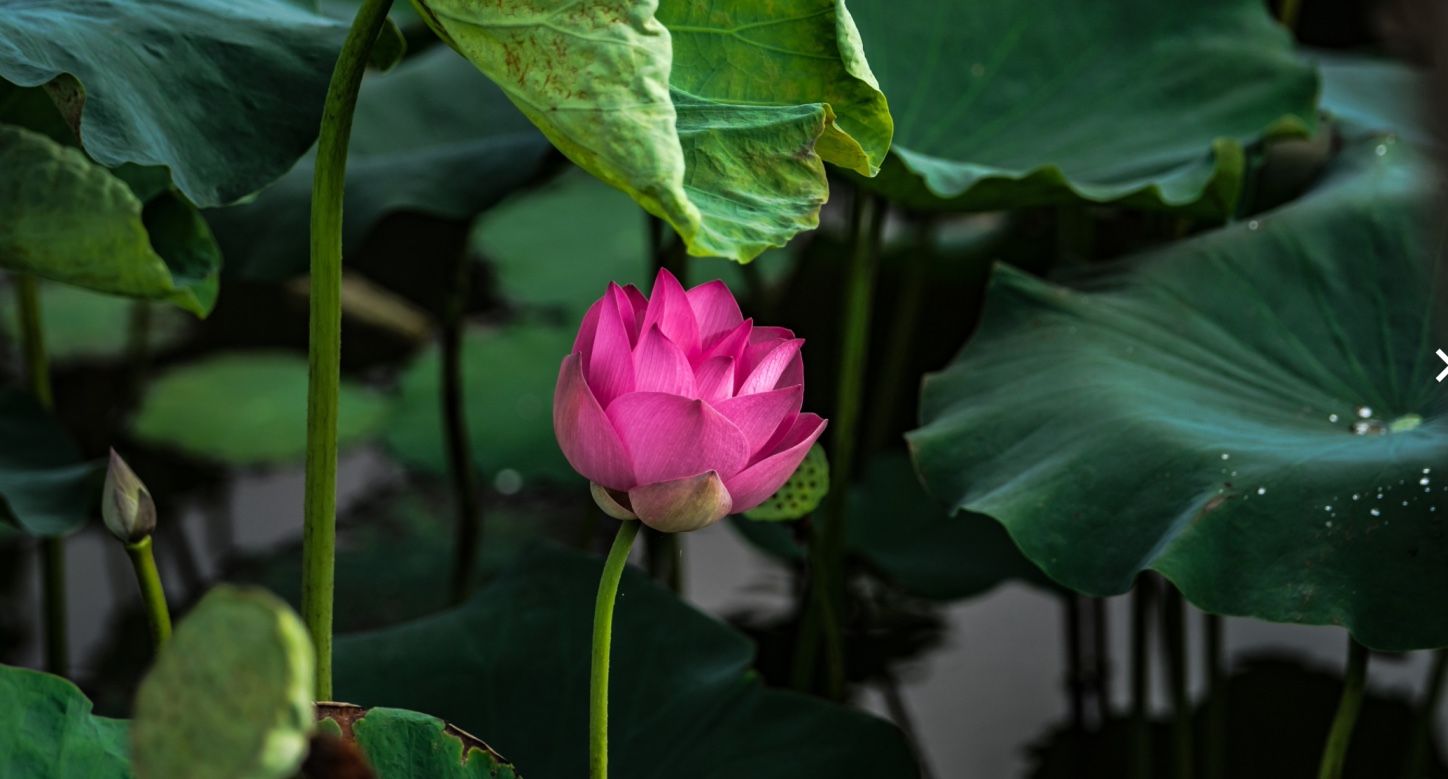
19. Red and yellow are Vietnamese lucky colors
Anther interesting facts about Vietnam is about the lucky colors: Red and yellow dominate Lunar New Year celebrations in Vietnam, symbolizing lucky colors, prosperity, and happiness. Homes, streets, and clothing burst with these vibrant colors, reflecting cultural traditions that value positivity and fortune. Red also features prominently in weddings, with brides often wearing it year-round to embody joy and good luck. Beyond their symbolic meaning, these colors create a lively, festive atmosphere, capturing the spirit of hope and renewal deeply ingrained in Vietnamese customs.

20. Phở: Vietnam's national noodle dish
Pho, pronounced “fuh”, is a noodle soup combines rice noodles, broth, meat, and fresh herbs like scallion, cilantro, and onion into a flavorful dish. Cooks serve pho in a thick ceramic bowl with steaming hot broth and garnish it with fresh basil, bean sprouts, and a lime wedge for added freshness. Pho meats comes with either beef (Pho Bo), or chicken (Pho ga)
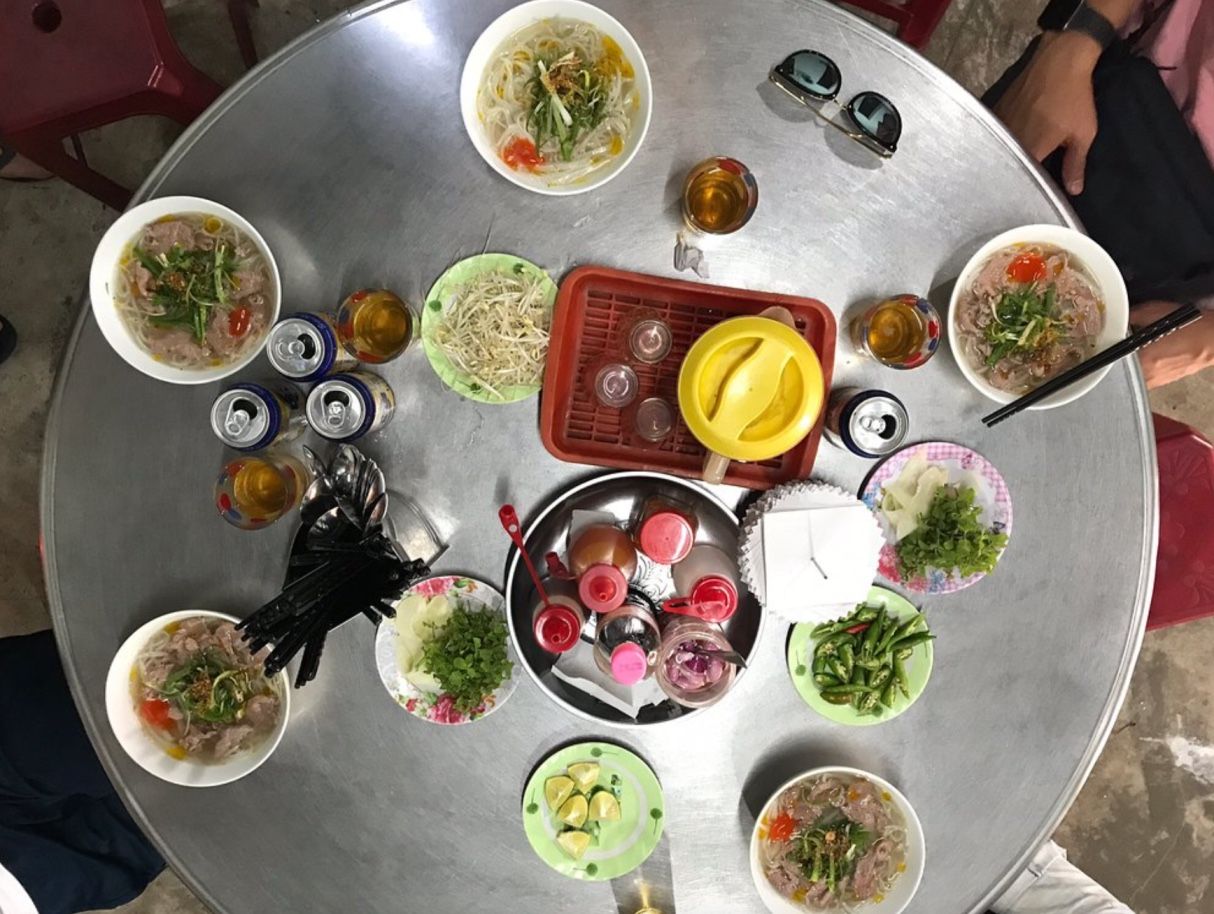
21. Surprising fact: 54 tribal minorities living in Vietnam
Vietnam is home to 54 ethnic groups, with the Viet (Kinh) people making up 87% of the population, concentrated in deltas and major cities. Over 8 million people from 53 ethnic minority groups live in mountainous regions covering two-thirds of the country, making it a cool facts about Vietnam.
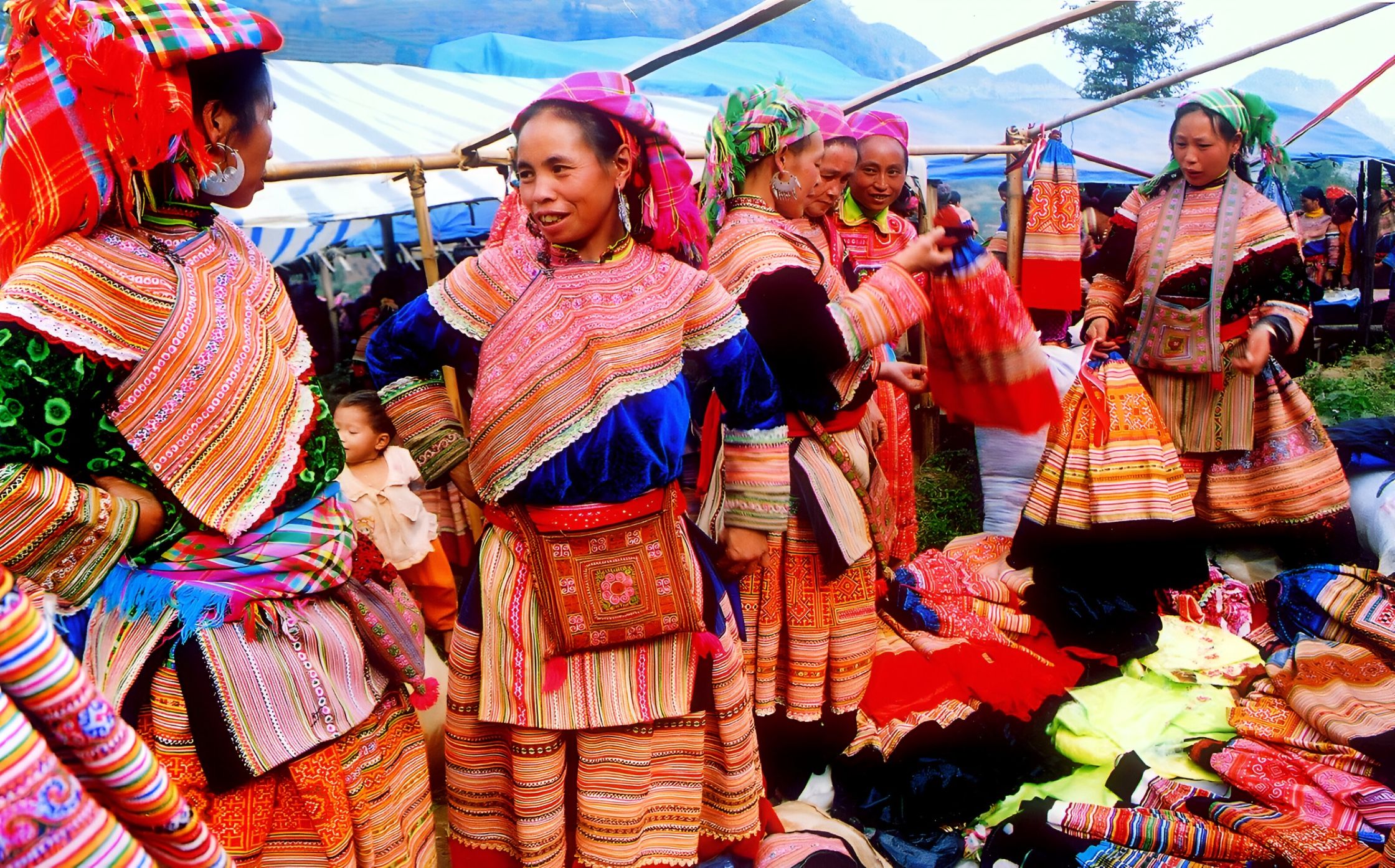
22. Vietnamese Wedding
A very interesting cultural fact about Vietnam occur on the wedding day, the groom’s family brings red-wrapped gifts like betel leaves, areca nuts, wine, fruits, cakes, and tea to the bride’s house. Happily married couples carry these trays, symbolizing blessings.
Bride usually wear Ao Dai, while groom dress in suits or sometimes a traditional Ao Dai too. A wealthy, successful couple leads the procession to wish the newlyweds a prosperous future.
At the bride’s house, the leading couple presents wine to the bride’s parents. Accepting the toast allows the groom’s family to enter, followed by celebratory fireworks.
Drift the tranquil, emerald waters of Halong Bay and exude a rare majesty by visiting temples of Angkor Wat. Check out our most popular tour, Halong Bay to the Angkor Wat




